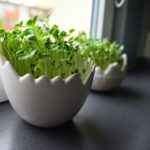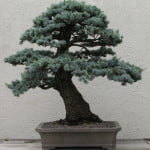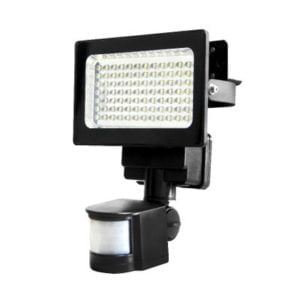Many people stick a fake tree in a corner, dust the leaves off every week and call it indoor gardening, but there is much more into it than that.
Some people think plants belong and should stay outside, but there are many reasons for starting an indoor garden. For instance, plants don’t only remove carbon dioxide from the air, they also remove many poisonous toxins and pollutants as well. Indoor gardening will result in beautiful decoration in your house as well as cleaner air.
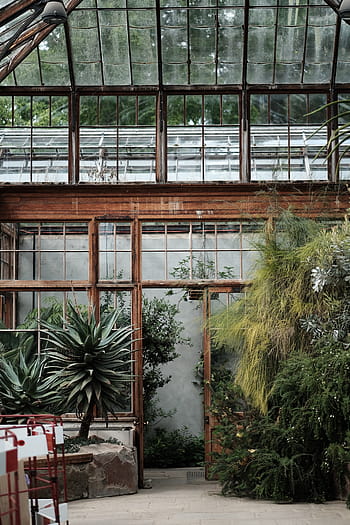
When picking out plants for indoor gardening, make sure the plants are adaptable and will be able to thrive in the conditions in your house.
Consider how much time you will be able to spend caring for the plants, how much light your house offers, and how much money you want to spend. If you are on a low budget, start with seeds or cuttings.

If you have a little more money to dish out you can buy a plant that is already grown. Another thing to consider is if you want a plant that can be displayed all year or just for a season.
Herb gardens are a good thing for indoor gardening; they are both attractive and edible. They will grow quick and you won’t have to wait a long time to see results. Some popular herbs, especially for cooking, are chives, dill, sage, thyme, and oregano.
When deciding to start an indoor garden, consider the amount of experience you have before choosing a plant. Some plants are stronger and harder to kill and therefore better for a novice gardener. Examples are Fatsia, Cyperus, Scandens, Popular Succulents, Coleus, and Bromeliads.
Some things, such as the basic rules of maintaining plants, are different in indoor gardening that in a regular outdoor setting. Since plants won’t get the sunlight they do outdoors, lighting is essential.
You need to know exactly how much light your plants need and pick plants that only need medium to low light, such as ferns or Philodendrons, unless you plan to supply artificial lighting.
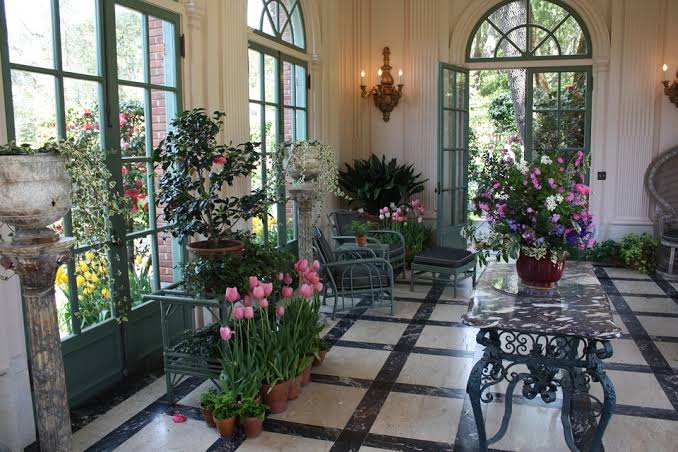
If you buy a plant already grown, wherever you get it probably has better lighting than your house so you will need to “condition” your plant and gradually reduce the light it receives. Once you get the plant inside, make sure and rotate the plant to encourage upright growth.
Just because they are indoor, don’t think the plants don’t have to have water; they still do. How often you water, once again, depends on what type of plant you have. Make sure the water can drain out of the bottom of the pot and try to use water that is about the same as the temperature of the room.
Pay also attention to temperature in your house in order to ensure healthy plants. A 10-15 degree range won’t hurt any plants, but rapid changes could cause damage.
Indoor gardening is not all that difficult; in fact, it is pretty much the same as outdoor. There are even some advantages to indoor gardening.
For example, you won’t have to worry as much about bugs and insects bothering your plants. You also won’t have to worry about wind or frost reeking havoc on your garden.


